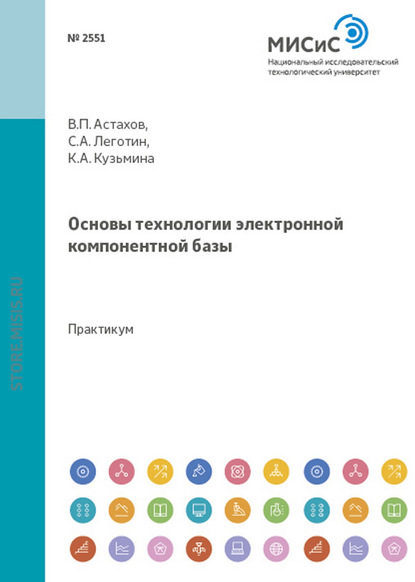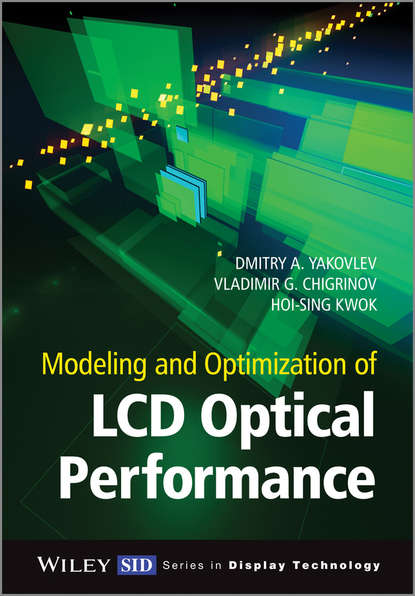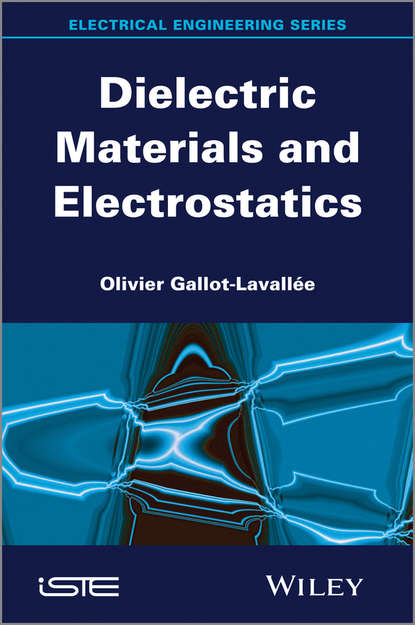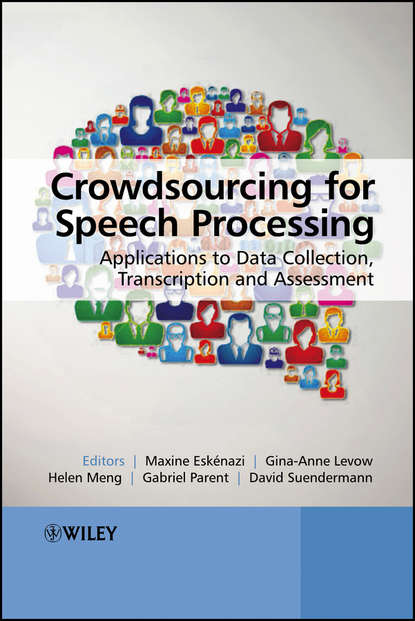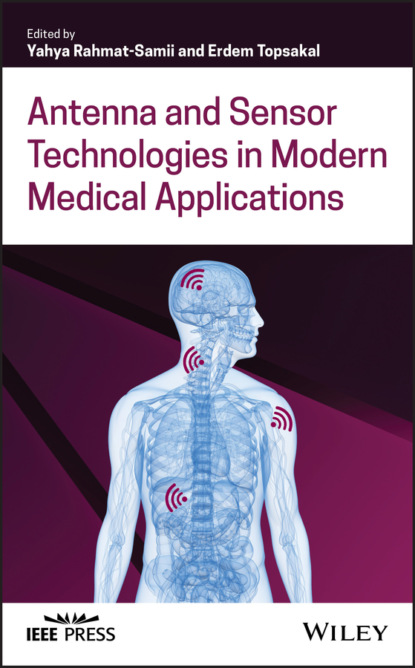Эта книга заполняет пробел между электромагнетизмом и электрическими цепями, рассматривая электромагнитное моделирование (EM) с использованием метода частичных элементных эквивалентных цепей (PEEC). В книге представлены интуитивные решения электромагнитных задач с помощью метода PEEC. Сначала дается введение в методы анализа цепей, законы и анализ в частотной и временной областях. Авторы также рассматривают уравнения Максвелла, вычисление емкости и индуктивности через призму метода PEEC. Далее читатели учатся строить PEEC-модели в разных формах: эквивалентные схемные модели, неортогональные PEEC-модели, модели скин-эффекта, PEEC-модели диэлектриков, модели падающего и излучаемого поля, рассеивающие PEEC-модели. В заключение рассматриваются вопросы устойчивости и пассивности, а также приводится пять приложений с формулами для частичных элементов. Книга ведет читателя к решению множества практических задач в области целостности сигнала и мощности, а также электромагнитной совместимости. Она содержит основы, применения и примеры метода PEEC. Это справочник для студентов, исследователей и разработчиков, которые работают над физическим моделированием межсоединений ИС, упаковки, печатных плат и высокоскоростных линий связи.
Bridge the Gap Between Electromagnetics and Circuits by Addressing Electrometric Modeling (EM) Using the Partial Element Equivalent Circui (PEEC)… extends the PEECTreatment of Maxwell’s equations and computational techniques.
Электронная Книга «Circuit Oriented Electromagnetic Modeling Using the PEEC Techniques» написана автором Albert Ruehli в году.
Минимальный возраст читателя: 0
Язык: Английский
ISBN: 9781119078395
Описание книги от Albert Ruehli
Bridges the gap between electromagnetics and circuits by addressing electrometric modeling (EM) using the Partial Element Equivalent Circuit (PEEC) method This book provides intuitive solutions to electromagnetic problems by using the Partial Element Equivalent Circuit (PEEC) method. This book begins with an introduction to circuit analysis techniques, laws, and frequency and time domain analyses. The authors also treat Maxwell's equations, capacitance computations, and inductance computations through the lens of the PEEC method. Next, readers learn to build PEEC models in various forms: equivalent circuit models, non-orthogonal PEEC models, skin-effect models, PEEC models for dielectrics, incident and radiate field models, and scattering PEEC models. The book concludes by considering issues like stability and passivity, and includes five appendices some with formulas for partial elements. Leads readers to the solution of a multitude of practical problems in the areas of signal and power integrity and electromagnetic interference Contains fundamentals, applications, and examples of the PEEC method Includes detailed mathematical derivations Circuit Oriented Electromagnetic Modeling Using the PEEC Techniques is a reference for students, researchers, and developers who work on the physical layer modeling of IC interconnects and Packaging, PCBs, and high speed links.





